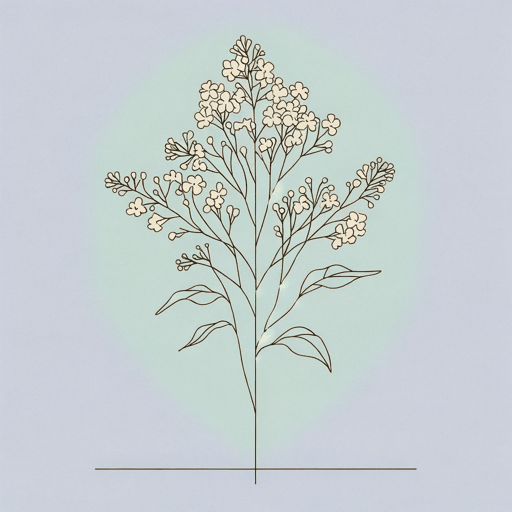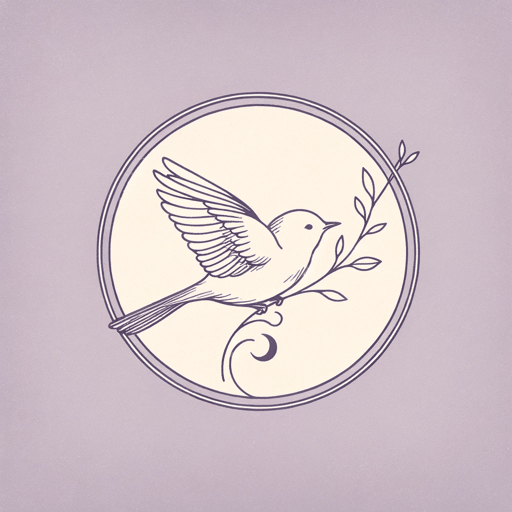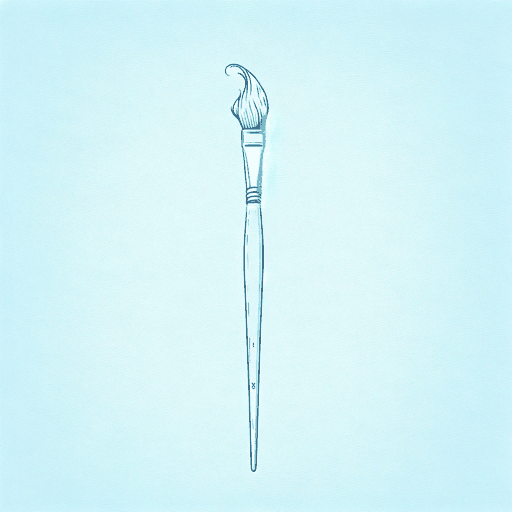50 pages • 1 hour read
Alice HoffmanThe Marriage Of Opposites
Fiction | Novel | Adult | Published in 2015A modern alternative to SparkNotes and CliffsNotes, SuperSummary offers high-quality Study Guides with detailed chapter summaries and analysis of major themes, characters, and more.
Summary and Study Guide
Overview
Alice Hoffman’s 2015 novel, The Marriage of Opposites, is a work of historical fiction with magical realism and romance elements. The novel begins in the early 1800s and spans three generations of a Jewish family living on the island of St. Thomas after having fled the Inquisition in Europe. The novel follows a linear timeline and, told from different perspectives, creates a sweeping look at a historically significant moment in time. Hoffman based her tale on the true story of artist Camille Pissarro, the “Father of Impressionism.”
Hoffman tells much of the novel from the point of view of Rachel Pomié, Camille’s mother. Rachel begins by talking about her childhood on St. Thomas and her longing to escape to France, the country where her family originated. Even though St. Thomas is where she meets her lifelong best friend, Jestine, and where she eventually marries and has many children with her soul mate, Frédéric, Rachel still longs to leave the island.
Rachel’s chapters are the only parts of the novel told in the first person point of view; the rest of the novel is told in omniscient third person. The novel’s other main characters are Rachel’s husband, Frédéric Pizzarro, and her favorite son, Camille Pizzarro (also known as Jacobo). The first half of the novel focuses on Rachel, and the second half recounts Camille’s struggles to gain acceptance as an artist. Camille is unlike anyone else in his family: He is introverted, solitary, and creative. Instead of running the family business, he prefers to paint. This difference creates a constant tension between him and his parents, who both hoped he would take over the business.
While Camille comes from an affluent Jewish family, he is a self-professed anarchist and atheist who opposes the governing social order on St. Thomas. When Rachel’s parents first came to the island, the Danish government declared it a safe space for Jewish families to practice their religion without fear of oppression or enslavement. However, the government permitted enslavement of other minorities up until 1754, the year Rachel’s family arrived. Although neither Rachel nor her immediate family ever owned a slave, they upheld another of the island’s discriminatory social norms: that Jewish people shouldn’t marry outside their race or religion. This rule created numerous scandals: Rachel’s own father had a secret, ongoing affair with his servant; and Aaron, Rachel’s cousin, fell in love with Jestine but wasn’t allowed to marry her because of the color of her skin. When Camille grows up and falls in love with his childhood friend Marianna, a beautiful woman of African descent, he realizes the unfairness of these social norms and vows to live according to his own moral code.
A common theme throughout the book is the titular idea of “the marriage of opposites”—or how two opposing forces find a way to join. Many of the novel’s characters are caught between their desires and the rules of their reality. However, by the end, many tensions have been resolved. For example, in her sixties, Rachel accomplishes her dream of leaving St. Thomas and moving to France. The fact that life in Paris it isn’t what she expected and instead stokes nostalgia for St. Thomas highlights another theme: the fight to keep time, place, or circumstance from defining oneself.
Related Titles
By Alice Hoffman

Blackbird House
Alice Hoffman

Green Angel
Alice Hoffman

Half Magic
Edward Eager, N. M. Bodecker, Alice Hoffman

Incantation
Alice Hoffman

Local Girls
Alice Hoffman

Nightbird
Alice Hoffman

Practical Magic
Alice Hoffman

The Museum of Extraordinary Things
Alice Hoffman

The River King
Alice Hoffman

The Rules of Magic
Alice Hoffman

The World That We Knew
Alice Hoffman

